Why Are My Leaves Yellow?
While you expect leaves to change colors in the fall, a tree with yellow leaves in the summer may indicate a health problem known as chlorosis. Trees most commonly impacted include white oak, red maple, pin oak, river birch, paper birch, and white pine. This condition is a sign that your tree is not receiving ample nutrition from the soil. A variety of soil conditions, tree characteristics, and site factors can lead to it. Trees suffering from Chlorosis are more likely to have stunted leaves, be negatively affected by pests and pathogens, and experience overall health decline since they are not getting ample nutrition. Have your tree evaluated if you are seeing yellow leaves.
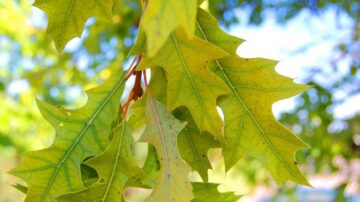
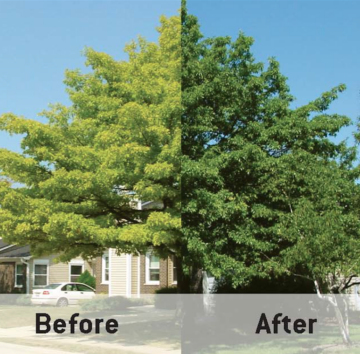
What is chlorosis?
The visible sign of yellow leaves is the result of limited chlorophyll formation. Deficiencies of minerals–iron (most common), zinc, magnesium, and/or copper are the cause of chlorosis. Although the soil may not be lacking in these minerals, there are several factors that contribute chlorosis:
- Very wet weather
- Poor drainage
- Heavy, compacted soil
- Alkaline soil, making it more difficult for your tree to absorb certain minerals
Will chlorosis hurt my tree?
How is chlorosis treated?
Read more about Chlorosis: Chlorosis Fact Sheet
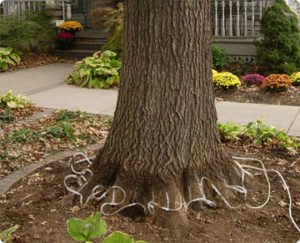
Contact Rainbow Treecare to bring the green back to your tree!
Other items you may be interested in:
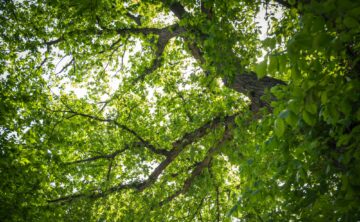
Fertilization
Tree and Fertilization Services in Minnesota The health of your trees depends on the health of your soil. When trees grow in a forest, decomposing
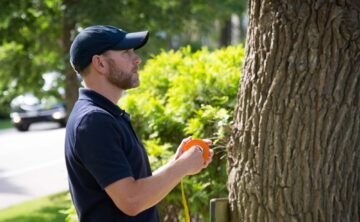
Consulting & Diagnosis
Tree Health Assessment, Consulting, & Diagnosis in Minnesota Are you worried about the health of a tree or shrub in your landscape? Getting it assessed
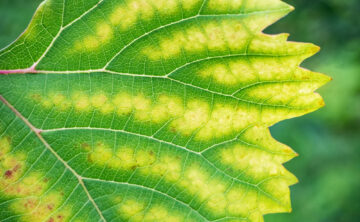
Abiotic Tree Disorders
Preventing & Controlling Abiotic Tree Disorders in Minnesota There are two types of tree disorders. Disorders caused by living things such as insects, bacteria, fungi,
